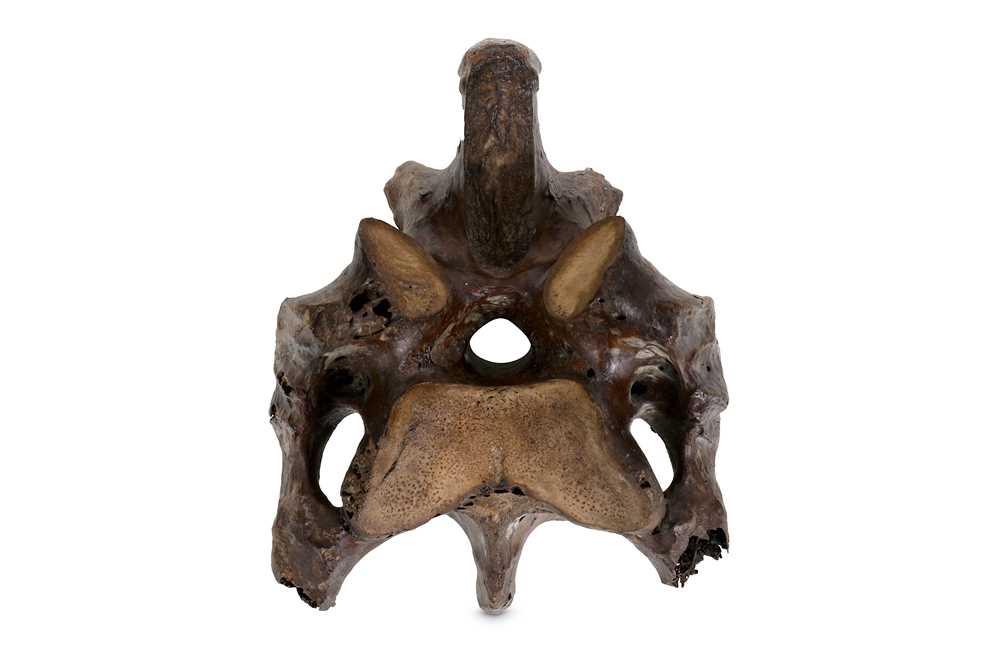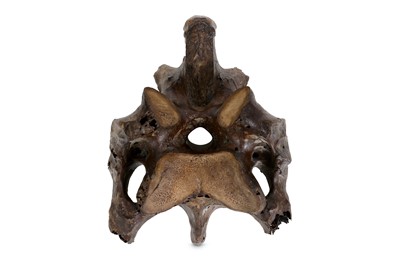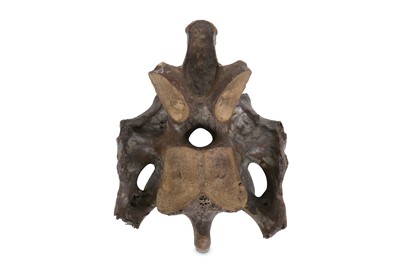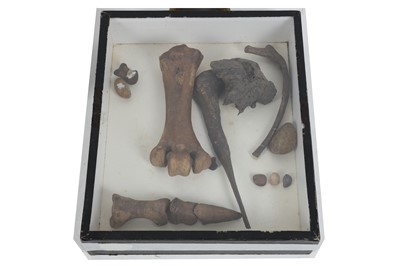21st Jan, 2020 10:00
From the Curious to the Extraordinary
A RARE SELECTION OF BONES FROM THE EXTINCT MOA BIRD, EX-MUSEUM comprising: a skull, lacking beak and front part (Moa skulls are thin and rarely survive), a rib, a lower-leg bone, a foot bone from a juvenile and two tiny toe bones, three bones that together form a toe and claw of an adult Moa, a selection of rounded stones from the gizzard of a Moa, swallowed to aid digestion, in a glazed box, and a a complete thoracic vertebra in a separate small box, the boxes 27cm and 13cm wide Provenance: Sub-fossilised bones of the extinct Moa bird, found in 1974 on 'Stranraer' Farm at East Winton, near Invercargill, New Zealand. The excavation was supervised by Southland Museum who undertook the treatment and preservation. Representative specimens are housed in Southland Museum, Invercargill and the museum published a detailed report on the finds. This collection was gifted to the vendor in 1976, a present by the Hamilton family, owners of 'Stranraer'. The Moa bird was New Zealand's largest bird reaching almost four meters and weighing 230kg. It is thought they became extinct from over hunting by humans as early as the 15th century, although unsubstantiated sightings by whalers and sealers in the 18th and 19th century might suggest otherwise. Most of the discovered remains are now in museums collections.
Sold for £1,000
Includes Buyer's Premium
Do you have an item similar to the item above? If so please click the link below to request a free online valuation through our website.



